Optimal Timing for Land Clearing
Land clearing is a critical step in preparing land for construction, agriculture, or development projects. The timing of land clearing can significantly impact the efficiency, cost, and safety of the process. Understanding seasonal and environmental factors helps determine optimal periods for land clearing activities.
Late winter and early spring often provide ideal conditions due to drier soil and milder weather, facilitating easier removal of vegetation and debris.
Avoiding periods of heavy rainfall prevents soil erosion and equipment getting stuck. Dry conditions help maintain safety and reduce project delays.
Lower soil moisture levels in cooler months improve machinery efficiency and reduce compaction issues during land clearing.
Timing land clearing outside of nesting seasons minimizes environmental disruption and complies with local regulations.

Heavy machinery working on a cleared plot of land.
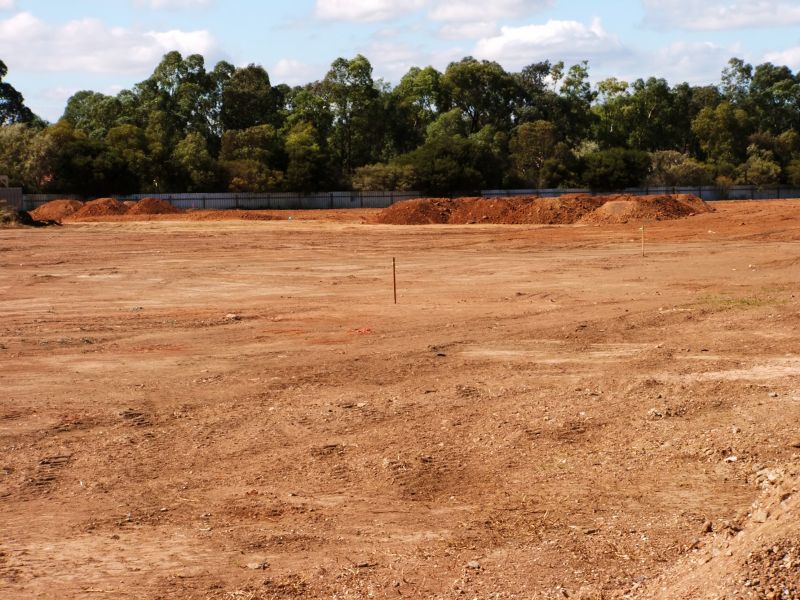
A landscape showing cleared land during early spring.

Workers using machinery to remove trees and brush.
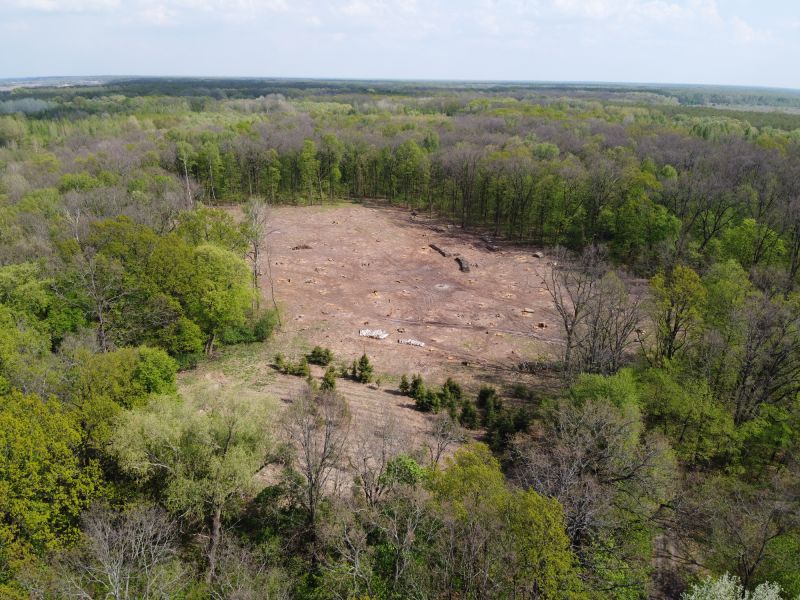
Ways to make Land Clearings work in tight or awkward layouts.
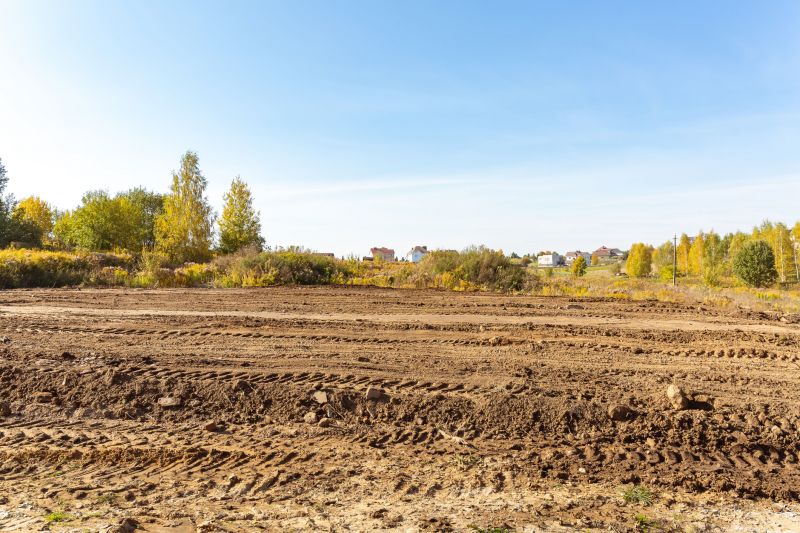
Popular materials for Land Clearings and why they hold up over time.
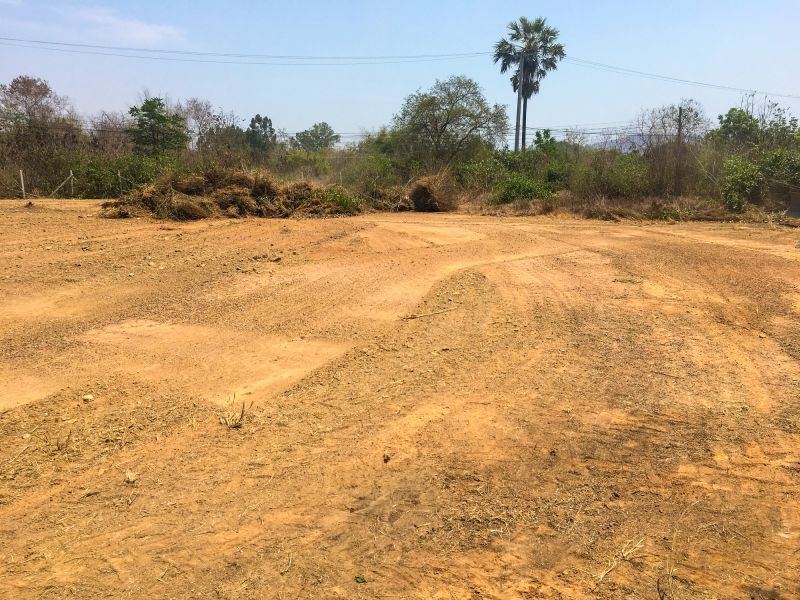
Simple add-ons that improve Land Clearings without blowing the budget.

High-end options that actually feel worth it for Land Clearings.
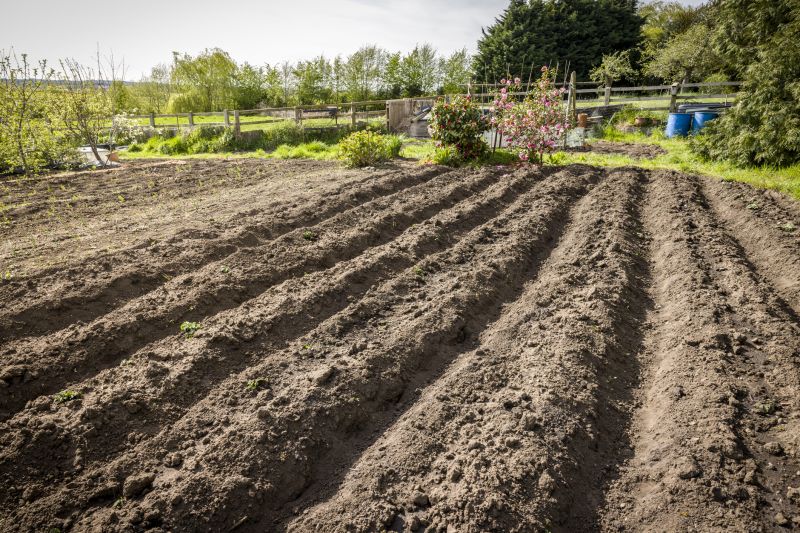
Finishes and colors that play nicely with Land Clearings.
| Season | Advantages |
|---|---|
| Late Winter | Soil is dry, making equipment operation easier. |
| Early Spring | Weather is mild, reducing project delays. |
| Late Fall | Vegetation is easier to remove before winter dormancy. |
| Summer | Less suitable due to increased heat and potential for drought. |
| Rainy Periods | Best to avoid due to soil instability and safety concerns. |
Land clearing involves removing trees, brush, and other vegetation to prepare a site for development or agricultural use. Proper timing ensures efficient use of resources and minimizes environmental impact. Seasonal conditions, soil moisture levels, and local wildlife activity are key factors influencing the best periods for land clearing. Advanced planning can help avoid delays caused by weather or ecological restrictions.

Open land ready for development after clearing.

Heavy equipment working on a dry, stable surface.

Debris being transported from a cleared site.

Land prepared for planting or construction.
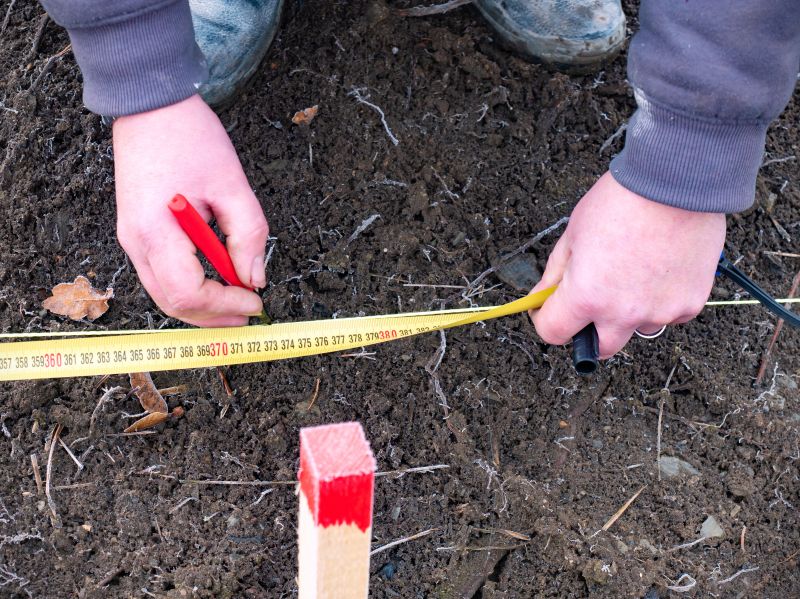
Little measurements that prevent headaches on Land Clearings day.

A 60-second routine that keeps Land Clearings looking new.
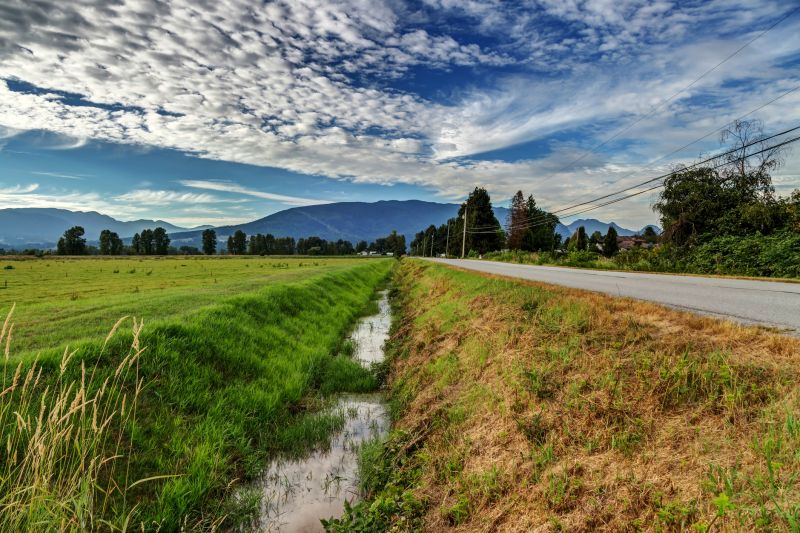
A frequent mistake in Land Clearings and how to dodge it.

Small tweaks to make Land Clearings safer and easier to use.
Choosing the right time for land clearing can lead to cost savings and improved safety. It also reduces the risk of environmental issues such as erosion or habitat disturbance. Consulting with land management professionals ensures that the timing aligns with project goals and local regulations.
Interested in land clearing services? Filling out the contact form provides an opportunity to discuss project specifics, schedule, and requirements for efficient land preparation in Lehi, Utah.
